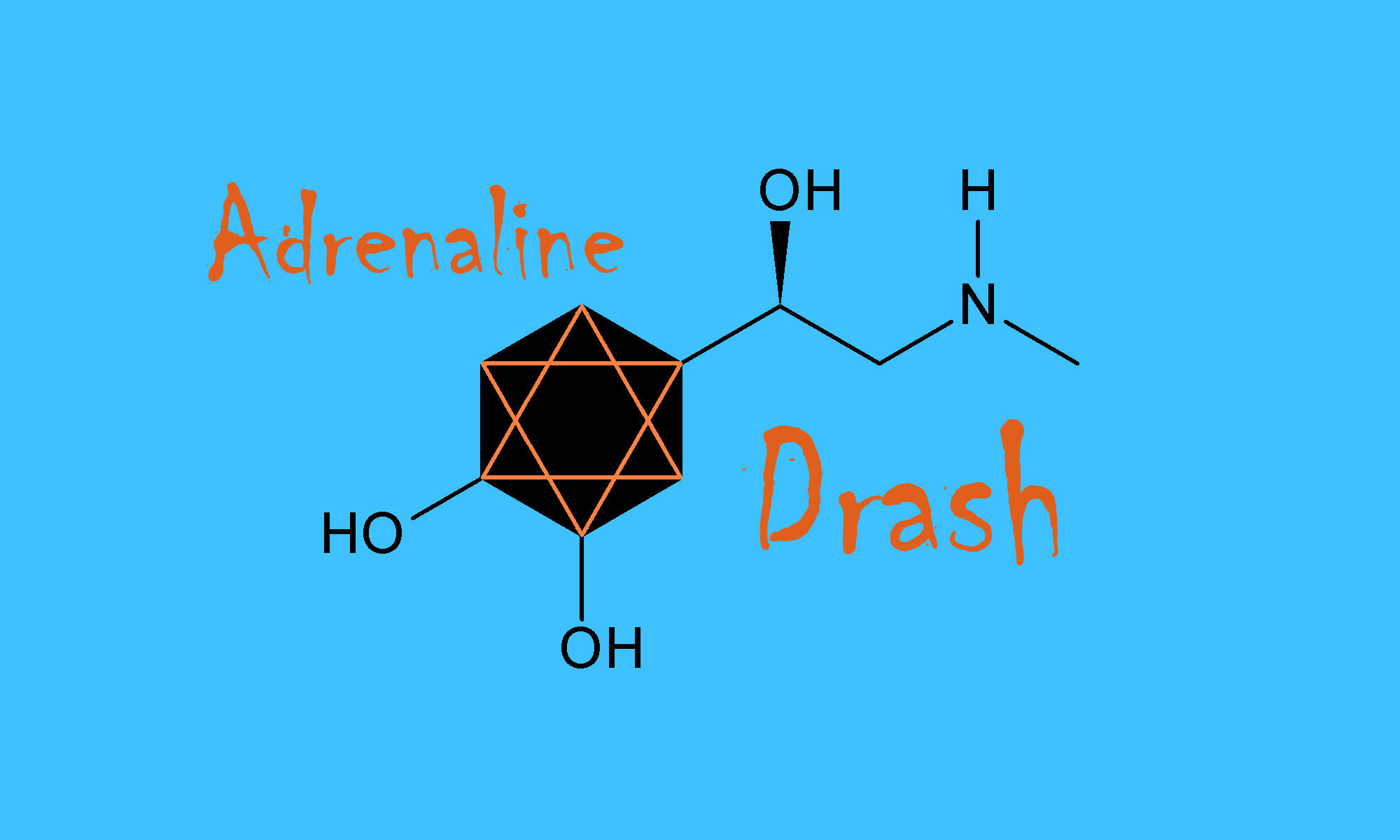 The classroom – material or virtual – is a location for revelation. I am not just a guide in that setting, I am guided.
The classroom – material or virtual – is a location for revelation. I am not just a guide in that setting, I am guided.
Nowhere is this truer than in a classroom with students of the ordination programs at Aleph, the Alliance for Jewish Renewal. Most, though not all, are pursuing their ordinations as cantors, rabbis, and rabbinic pastors as second careers. Many have already led professional lives as lawyers, social workers, teachers, musicians, health professionals and more. Even my younger students are carrying rich experience and admirable maturity into the classroom – it’s a reason, I suspect, why they are there in the first place.
This semester, I am teaching the history of Hasidism. Students have discovered that much of what they believed to be factual about Hasidism belongs to the realm of myth. But simultaneously, they have learned what has made those myths powerful.
The power of story, for example.
One of my students, Chaya Lerner, frequently speaks both to the history she is learning and the way she sees this history playing out among the Hasidic communities she serves as a social worker. Her class contributions are consistently thoughtful, measured.
Chaya is pursuing ordination as a rabbinic pastor with Aleph. She is a calm, clear-headed woman — straightforward and true. She is, above all, fair.
One day, she told us that a member of her own Reform congregation had died. He was not a learned Jew, she said, but he was a kind man. He cared deeply about supporting and strengthening other congregants’ Jewish identity. He gave generously to programs to do just that.
“I was sitting in the sanctuary when his casket was rolled out,” she told us. “And I suddenly realized: There went Torah. He was Torah for our community.” Without the slightest self-consciousness, Chaya described what she did. She leaned over and kissed the casket as it went by. “Just as I would a Torah scroll.”
We were quiet for a few moments. A good man, not so Jewishly educated, had reminded his community to care about Jewish identity – to nourish and sustain it. It was a kind of Torah.
The community was enduring loss. Chaya had told us, with a story, how deep that loss had been.
“And there,” I said finally, “we have had a story from Reb Chaya.”
It was the kind of story that could be told decades from now or in the next hour, I added. We could each tell Chaya’s story in all sorts of settings, because it gave over the raw truth of the power and gift an individual Jew could be for others.
One week later, I did just that. I was speaking at an interfaith event about Torah scrolls – how they were made, what they were made of, how their features could tell a story inside their stories. I spoke about the importance of owning a Torah scroll for each and every community. I walked my audience through various commentaries about selling a Torah scroll – when it was to be avoided at every and nearly all cost, the rare and specific cases where such a thing could be permitted.
“The Torah is the heart of a Jewish community,” I said, “but in the end, the life of a human being is the most sacred of all. In fact, we believe that the life of a human being can itself be Torah.”
I looked at my audience. “Let me tell you a story I heard from my student, Reb Chaya,” I said.
Note: Thanks to Chaya Lerner for giving me permission to publish this post.



